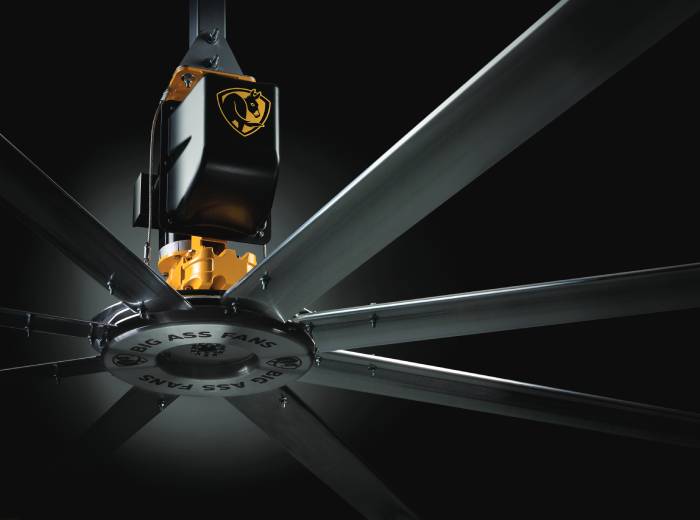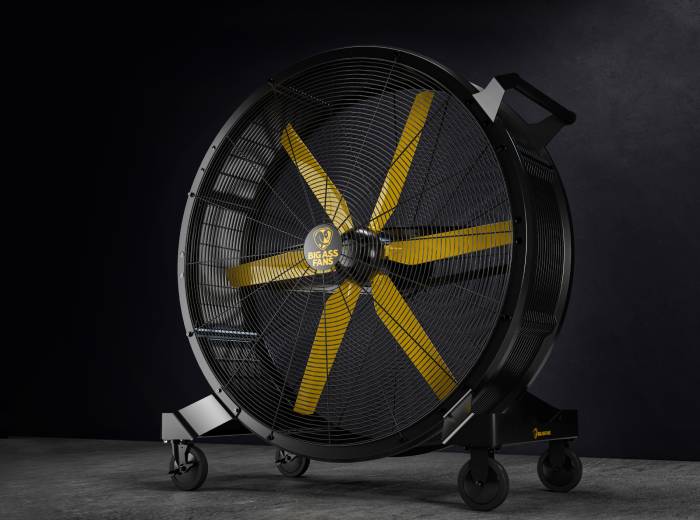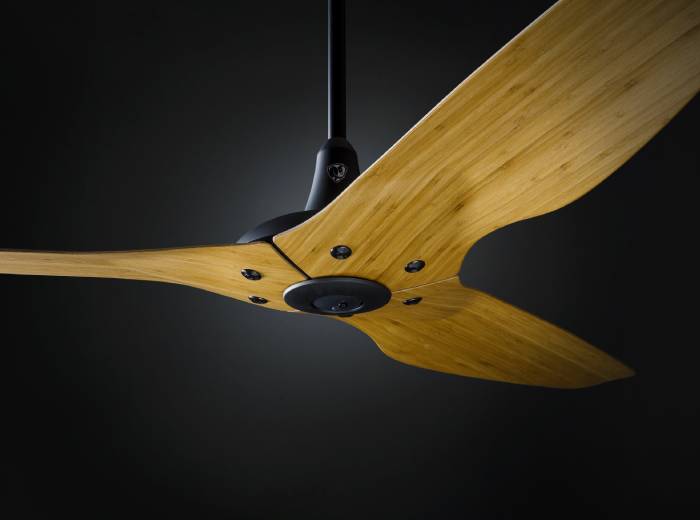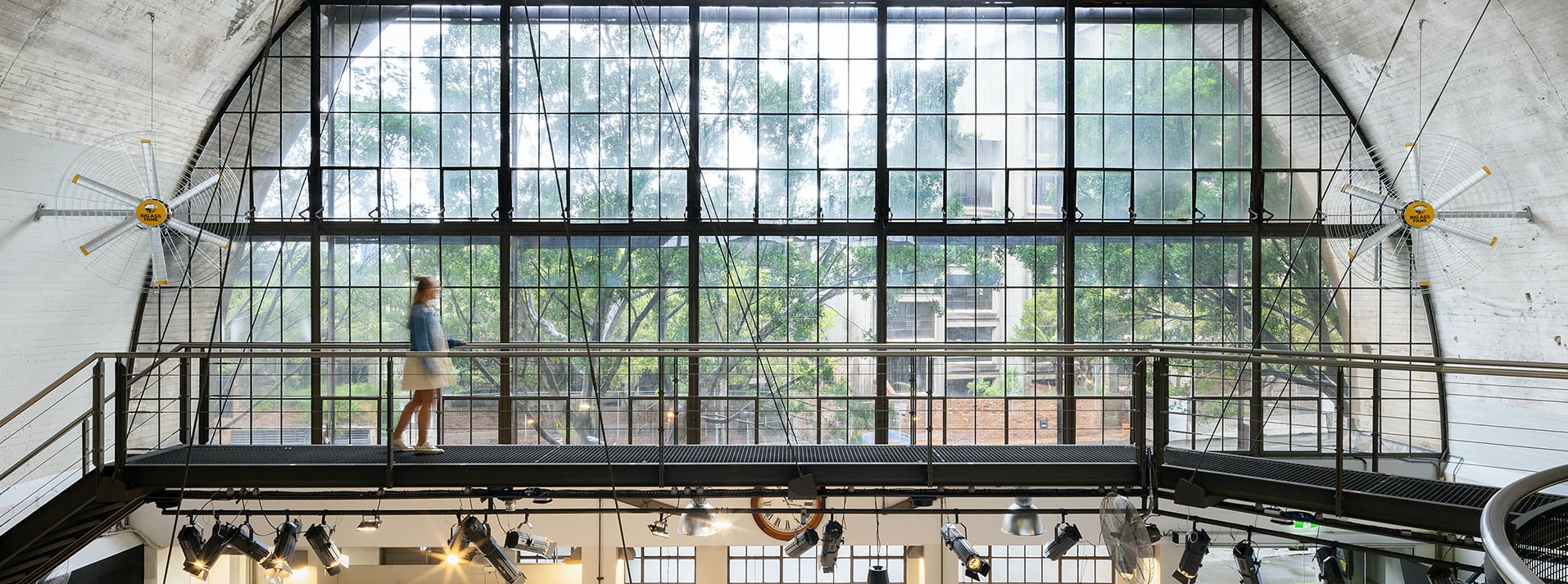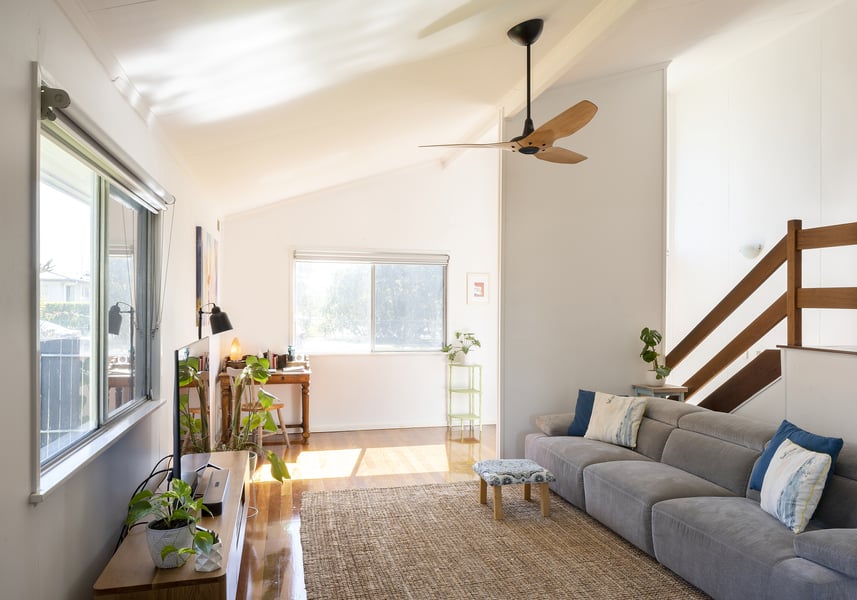
Which is Better: 3, 4 or 5 Blade Ceiling Fans?
Looking for a ceiling fan for your Singapore home? If so, you may be wondering which option is best for the number of fan blades.
It’s a common question, but the answer isn’t as simple as you might think. This is because how many blades your fan has is less important than other design factors. For example, the blade pitch, the balance of blades, the blade material and the ceiling fan motor can have a significant impact on how well your fan performs.
In this post, we’re exploring the factors that influence ceiling fan performance, and then breaking down the pros and cons of three, four and five blade fans to help you make an informed decision.
Factors influencing fan performance
Number of blades
The number of blades on a ceiling fan can affect its airflow and noise levels. Fans with fewer blades generally move air more efficiently and create more airflow. However, they might be noisier. On the other hand, fans with more blades tend to be quieter but might not circulate air as effectively.
Innovations in fan motor design have made today’s fans more efficient in maintaining airflow. This means the number of blades now doesn’t have as much of an impact on overall performance.
balance of blades
The balance of the blades is crucial for the smooth operation of a ceiling fan. Imbalanced blades can cause the fan to wobble, leading to noise and potential damage over time. Ensuring that the blades are evenly balanced will prolong the lifespan of the fan and maintain optimal performance.
blade material
The material of the fan blades can influence both the aesthetics and functionality of the fan. Common materials include wood, plastic, and metal. Wooden blades provide a classic look and are quieter, but they might be less durable in humid environments. Plastic blades are lightweight and resistant to moisture, making them ideal for outdoor ceiling fans. Metal blades are durable and modern-looking but can be noisier and more dangerous if the fan is mounted low.
blade pitch
Blade pitch refers to the angle of the fan blades relative to the horizontal plane. This angle plays a crucial role in determining the fan's airflow efficiency. Blades with a steeper pitch, typically between twelve to fifteen degrees, can move more air than those with a shallower pitch. However, a steeper pitch requires a more powerful motor to drive the blades effectively.
The blade pitch must be appropriately matched with the motor's power to ensure optimal performance. A well-designed blade pitch can enhance the fan's ability to circulate air, making the room feel cooler without using as much energy.
fan motor
The motor is the heart of the ceiling fan, determining its efficiency, durability, and noise level. High-quality motors tend to be more efficient, last longer, and operate more quietly. DC motors are particularly known for their energy efficiency and quiet operation compared to traditional AC motors.

which is best for my home?
Choosing the right ceiling fan involves considering the pros and cons of different blade configurations. Whether you’re looking for outdoor or indoor ceiling fans, comparing three, four, and five blade options to help you make an informed decision.
3-Blade Fan Pros and cons
Three-blade fans are generally more efficient at moving air, resulting in better airflow. They often feature a sleek, modern look that fits contemporary decor. They are typically less expensive than fans with more blades. However, they can be noisier compared to fans with more blades and might not provide the traditional look some homeowners desire.
For a three-blade fan option, take a look at our Haiku and Haiku L ceiling fans. Suitable for both indoor and outdoor use, our Haiku fans feature our award-winning design with aircraft grade aluminium blades. They offer whisper quiet airflow, giving you control with seven speed settings.
4-Blade Fan Pros and cons
Four-blade fans offer a balance between airflow and noise reduction. They are versatile, suitable for various room sizes and styles, and quieter than three-blade fans while still providing decent airflow. On the downside, they are slightly more expensive than three-blade fans and may not move as much air.
5-Blade Fan Pros and cons
Five-blade fans are typically the quietest option due to the increased number of blades. They often have a more traditional and aesthetically pleasing look and provide a gentle and consistent breeze. However, they are less efficient at moving air compared to fans with fewer blades and are generally more expensive due to the additional materials and design.
If you’re looking for a fan with more blades, then consider our i6 or Essence fans. Built with six to eight blades, these fans are perfect for cooling large spaces such as patios, pavilions, sports halls and music venues. They’re designed to withstand the elements and keep you comfortable.
Now that you’ve considered each of these options, you need to think about the size of your space and its function. Ask yourself these questions:
- Do you need a gentle breeze or a gust?
- Are you concerned about noise?
If you are looking for a gentle breeze from your ceiling fan, then choose a fan with more blades. This is because a fan with fewer blades tends to create a greater wind chill effect. For example, this would work well for living rooms or dining spaces.
If you’re concerned about noise, then choose a fan with more blades as it will be more stable and less likely to wobble. For example, this would suit quiet spaces like bedrooms, nurseries, and home offices.
Through considering these factors and the specific needs of your home, you can select the ceiling fan that best suits your space, ensuring comfort and efficiency throughout the year.
final thoughts
Now that you know the number of blades doesn’t have much impact on performance, choosing the right ceiling fan will largely depend on the aesthetics and features that best suit your style.
Whether you’re looking for a whisper quiet fan for your nursery or home office or a large-scale industrial fan for your warehouse, we have a fan to suit. Explore our range of residential and industrial fans today.

